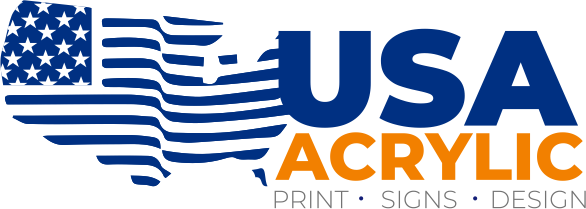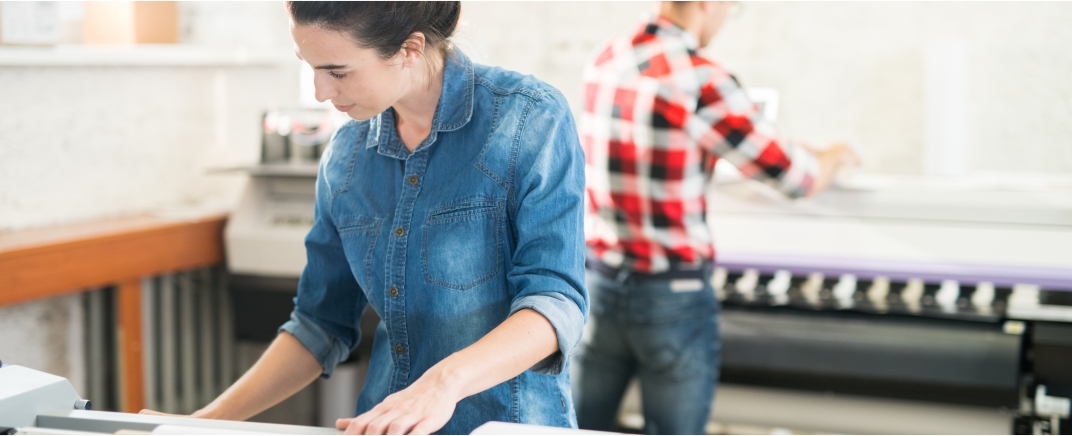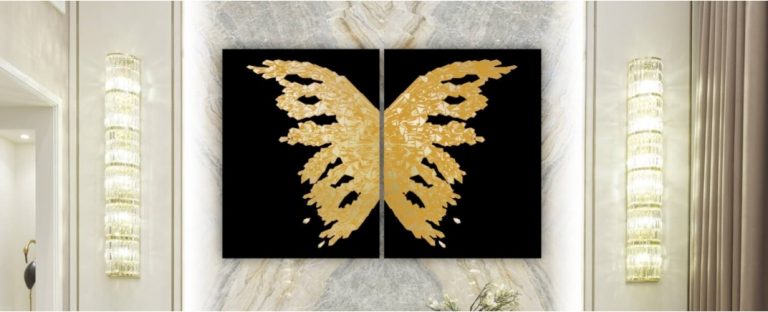Direct prints are a digital printing technique that consists of printing on any flat material, without the need of using an intermediate support such as paper. This technique offers many advantages, such as higher image quality, higher resistance and durability, and a higher versatility of applications.
However, not all materials are suitable for direct prints, nor do they all offer the same result. That’s why it is important to know the characteristics, advantages, and disadvantages of each one of them, so you can choose the most appropriate one for your project.
Below, we present some of the most used materials for direct prints, and their main properties.
Plastics
Plastics are great materials for direct print. They are light, resistant, and economical materials, that can be printed easily and in a wide range of colors. Some of the most used plastics for direct prints are:
- Foam PVC: also known as Fomicel or PVC Foam, it is plastic with a cellular structure that gives it a porous and soft appearance. It is ideal for interior decoration, as it has a good finish and can be cut in special shapes. However, it is not very resistant to moisture or UV rays, so it is not recommended for outdoors.
- Rigid PVC: also known as forex or PVC Sintra, it is a hard and compact plastic, that offers a higher resistance and durability than foam PVC. It is suitable for outdoor signage, as it withstands well weather conditions and impacts. Besides, it has a smooth and shiny surface, that enhances the quality of the printed image.
- Flexible PVC: it can be printed easily and in a wide range of colors. Flexible PVC is usually a light and low-weight material, which facilitates its transport and handling. In addition, it is resistant to water, heat, and impacts, which guarantees higher durability and quality of the printing. Also, is very versatile, it can be cut, bent, or glued in different shapes and sizes, which allows creating signs, banners, pennants, and other advertising or decorative products.
- Cellular polypropylene: also known as Coroplast, it is a plastic formed by two sheets joined by an alveolar structure. It is very light and flexible, which makes it ideal for the production of signs, displays, or pop material. It is also resistant to water and chemical agents, so it can be used outdoors. However, it has a rough and opaque surface, that can reduce the sharpness of the printed image.
Acrylics: Great materials for direct print
Acrylic is a transparent or translucent plastic material, that can be printed with high quality and a variety of effects, as well as cut to form numerous shapes. Some advantages of acrylic are:
- Transparency: acrylic allows printing on its surface without losing its transparency, which creates a very attractive visual effect. Besides, it can be printed on both sides of the material, creating a three-dimensional or depth effect.
- Brightness: acrylic has a smooth and shiny surface, that reflects light and gives a bright and vibrant look to the printed image. Furthermore, a protective varnish can be applied to increase the brightness and durability of the material.
- Resistance: acrylic is a very resistant material to impacts, moisture, and UV rays, so it can be used both indoors and outdoors. Besides, it does not yellow or deforms over time.
Tempered glass
Tempered glass is a type of safety glass, that undergoes a thermal or chemical treatment to increase its resistance compared to normal glass. Some advantages of tempered glass are:
- Transparency: tempered glass allows printing on its surface without losing its transparency, which creates a very elegant and modern visual effect. Besides, it can be combined with other surfaces or materials to create contrasts or light effects.
- Brightness: tempered glass has a smooth and shiny surface, that reflects light and gives a bright and vibrant look to the printed image. As with other materials, there are protective varnishes with which it is possible to increase the brightness of the final finish and the durability of the printed product.
- Resistance: tempered glass is a very resistant material to impacts, moisture, and UV rays, so it can be used both indoors and outdoors. Another of its advantages is that it does not yellow or deform over time.
Aluminum
Aluminum is a light, resistant, and elegant metal, that can be printed with high quality and definition. Some types of aluminum most used for direct prints are:
- Composite aluminum: also known as Dibond or Alucobond, it is a material formed by two sheets of aluminum joined by a core of polyethylene. It is very rigid and stable, which makes it ideal for the production of signs or billboards of large formats. Besides, it has a smooth and shiny surface, that reflects light and gives a sophisticated look to the printed image.
- Anodized aluminum: it is a type of aluminum subjected to a chemical process that gives it a protective layer of oxide. This layer gives it a higher resistance to corrosion and scratches, as well as a higher adherence to the ink. It is suitable for the printing of identification plates or informative signs.
Other materials for direct prints
Besides the materials mentioned, there are other materials that can be printed directly, such as wood, ceramic, glass, cardboard, or fabric.
Each one of them has its own characteristics, advantages, and disadvantages, that have to be taken into account when choosing the most suitable one for your project.
Final words
In conclusion, the materials for direct prints are very varied and versatile and offer a high image quality and high resistance and durability. However, not all materials are the same, nor do they all serve the same purpose. That’s why it is important to know the properties of each one of them and choose the one that best suits your needs and goals.
As you have seen, the materials for direct prints are very varied and versatile and offer high image quality and high resistance, and durability. However, to get the best result, you need to rely on a professional and reliable company, that offers you a high-quality and customized printing service.
That’s why we recommend you to contact USA Acrylic, a leading company in the sector of printing on rigid materials, that has advanced technology and a wide experience. USA Acrylic offers you direct printing on plastics, aluminum, acrylic, tempered glass, and other materials, with an impeccable finish and a competitive price.
Don’t hesitate anymore, and request your quote without obligation. USA Acrylic guarantees you a quality, fast and efficient direct printing, that will make your project stand out and meet your expectations.





